Exercise
Is there any why in which Lee’s work could be considered Voyeuristic or even exploitative? Is she commenting on her own identity, the group identity of the people she photographs or both? Would you agree to Morrissey’s request if you were enjoying a day at the beach with your family? If not, why not? Morrissey uses self-portraiture in more of her work, namely Seven and The Failed Realist.
Look at these projects online and make some notes in your learning log.
Nikki S. Lee is a Korean photographer born in 1970. She adopted an American name when she moved to American in 1994. Her real name is Lee Seung-Hee. She is a graduate of the University of Korea and also the University of New York, where she gained a Masters degree in 1999. Her photographs have been exhibited in several museums across the world, including the Solomon R. Guggenholm Museum, the Metropolitan Museum of Art in New York and the Los Angeles Museum of Art. Her photography looks at identity and how it is an individual thing but also subject to constant changes due to society and relationships.
Lee immerses herself in different cultures in order to photograph them. She observes the group from a far. Then, she changes her clothes and her style to conform to their group and then approaches them. She tries to become one of them. She stays with them for a few weeks and she photographs them or has someone else photograph her with them during this time. Lee tries is become an insider by becoming and behaving like one of them. Whilst this may be useful in the short term, I do not believe it is enough to fully understand the groups’ culture. She spends weeks with them, dresses like them and behaves like them but this does not necessarily make her one of them, she is still an outsider trying to photograph a group. There is a big difference in being an insider or an outsider as it changes how we view the people around us. I can see what Lee is trying to do but I am still a bit dubious as to weather it helps her photographs.
In an interview with The Creators Project, when asked about the theme of identity in her work she stated, “Well, all of my work so far has required the active participation of people. I think that’s mostly because I like to work with the idea of identity and my views towards it. I think the other people were important for me to identify my own identity, within the relationships with these people. In Buddhism there is a saying that goes something like “I can be someone else and that someone else can be me as well”. Thoughts like this are thoughts that cause you to view yourself in other people’s shoes were my main focus. So the people play a significant role” (Lee).
When asked weather the Projects was about Lee or the people, she stated that they were about her. So going by this interview, she is commenting on her own identity and how her relationship with others affects it.
The definition of Voyeuristic is “A person who derives sexual gratification from observing the naked bodies or sexual acts of others, especially from a secret vantage point”. Going by the definition I do not think Lee’s photographs are voyeuristic. The definition of Exploitative is “Exploiting or tending to exploit; especially unfairly or cynically using another person or group for profit or advantages”. I would say Lee’s work is slightly exploitative. Even though she is commenting on her own identity using various groups to do so, she is using them to do so.
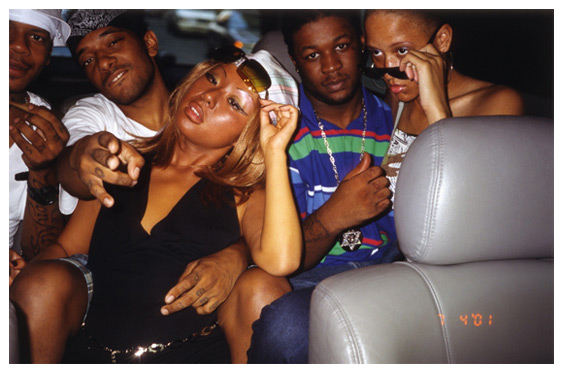

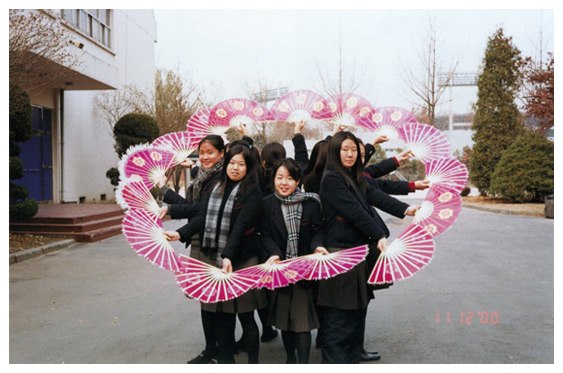
Trish Morrissey is an Irish photographer. Her work Seven Years ‘aims to deconstruct the trope of family photography by meticulously mimicking it’. When I first looked at this series, I though Morrissey was recreating childhood memories but on further research I do not think this is the case instead she has created new images from her childhood. She named this series after the gap in age between herself and her elder sister. Morrissey uses clothing from the 70s and 80s and props, to give the images an authentic look. But to me I find them too controlled and too ‘posed’ to be what Morrissey describes as ‘snapshots’. The images included at the beach, a birthday party and standing by a car with L-plates.
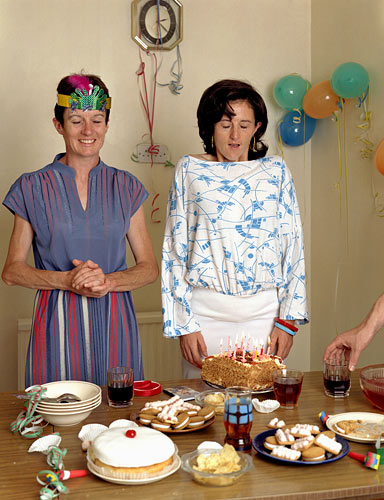
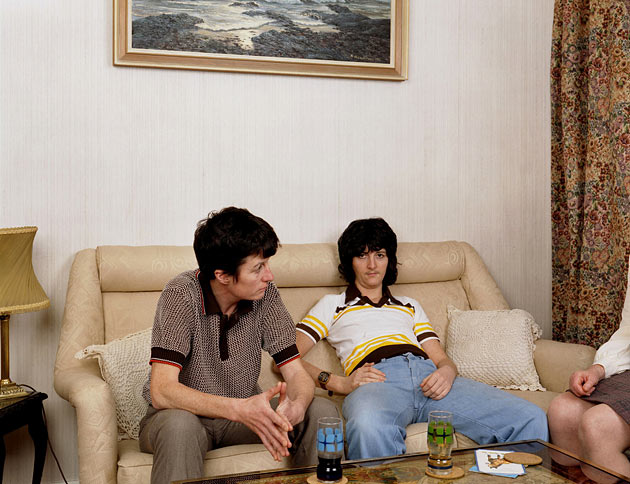

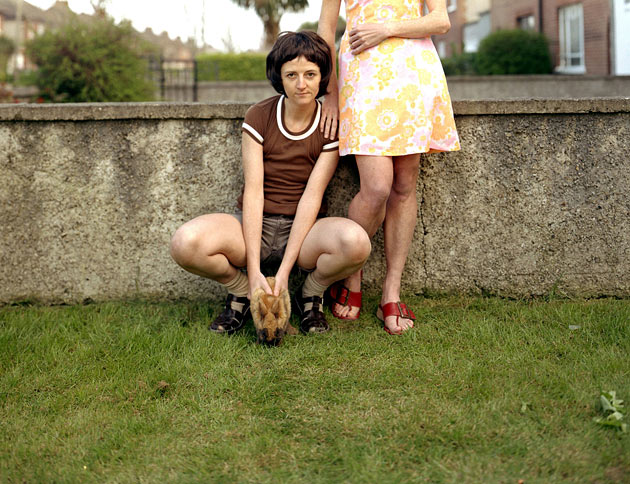

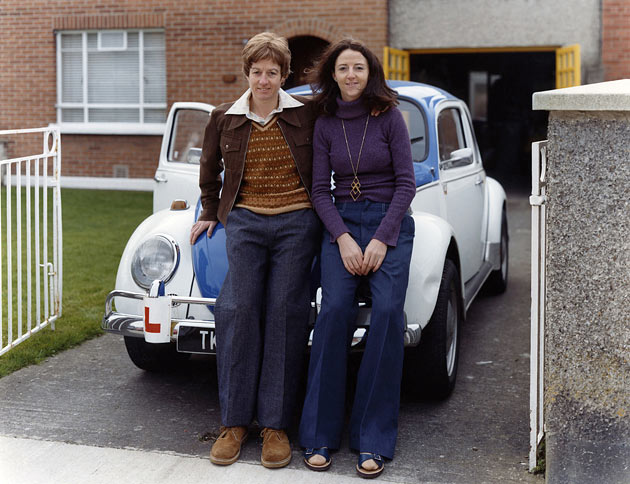
Another work by Morrissey is called The Failed Realist. On her website, it states the reasoning behind this project, “Between the ages of four to six children are often more verbally than visually articulate. This means that what they wish to express through mark making is often beyond their physical skill. The psychologist Georges-Henri Luquet (1927/2001) called this The Failed Realist stage – the child’s desire to represent his or her world is hampered by motor, cognitive and graphic obstacles that will be overcome with time, but for the moment, their interpretation is flawed. These drawings are uncorrupted by representational conventions. The Romantic artists thought this was a reflection of direct access to the expressive self and strove for a return to this innocence in their own painting. Later on, painters of the modernist movement, such as Picasso, Miro, and Klee saw the drawings of children with their mixed perspectives and exaggerated features as a pure way of seeing. Picasso famously said ‘It took me four years to paint like Raphael, but a lifetime to paint like a child’. This photographic series was made in collaboration with my daughter when she was between the ages of four and five years. Face painting is a rainy day activity that we both enjoy. Once her motor skills evolved sufficiently well for her to control a paintbrush, she wanted to paint me rather than be painted. Instead of the usual motifs of butterfly, or flower, she would decide to paint something from her immediate experience – a movie she had just watched, a social event, a right of passage, or a vivid dream. Beyond the innocence of the child’s intention, more sinister themes such as clowns, carnival and the grotesque are evoked by these mask like paintings”. I like her reasoning behind this project but I am unsure of the project as a whole.


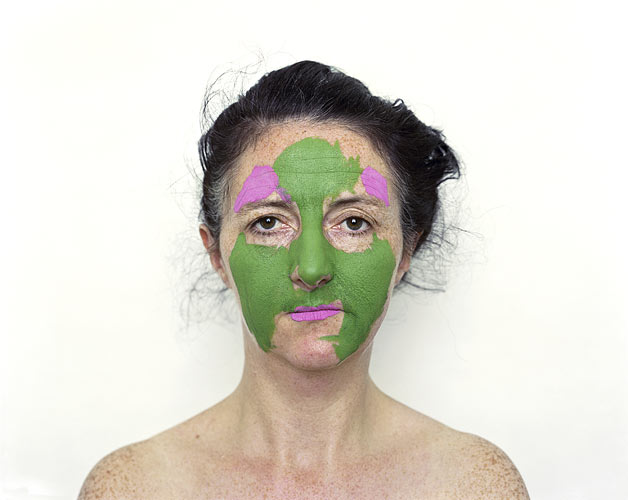
In her project Front Morrissey took pictures of families at the beach, in which she would replace one of the people in the picture. She took the pictures at Kingsgale Bay, Kent in June 2006. She wanted to explore how the ‘shoreline acts as a border between land, which represents culture and order; and sea, which is nature and chaos’. Whilst they are family photographs they are ‘fake family pictures’ which feature Morrissey herself who has taken over one of the roles in the family by wearing an item of their clothing and assuming their place. Morrissey didn’t pose the family she kept it natural to how to would be.


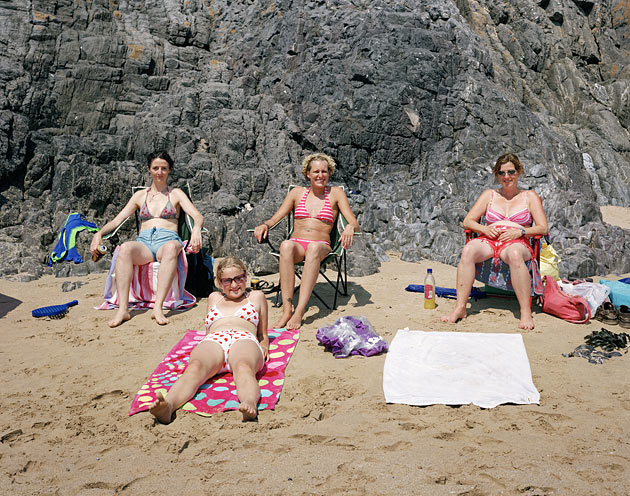

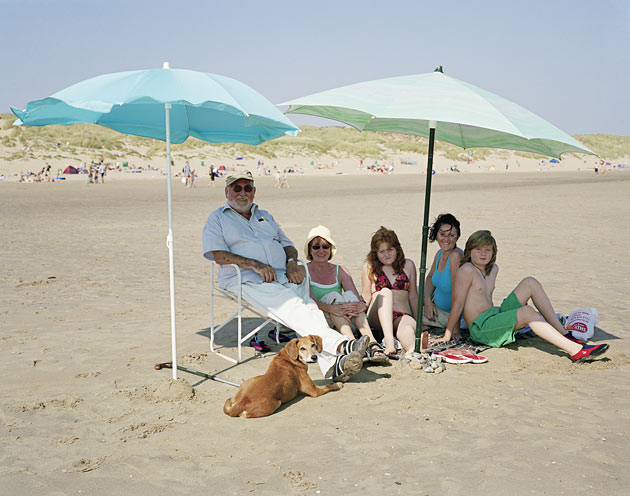
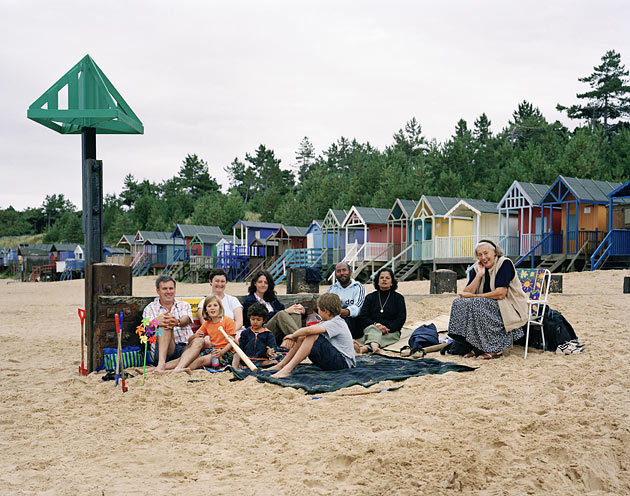
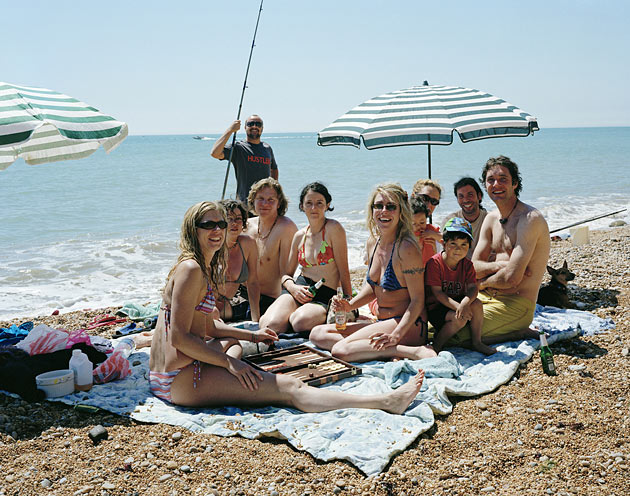

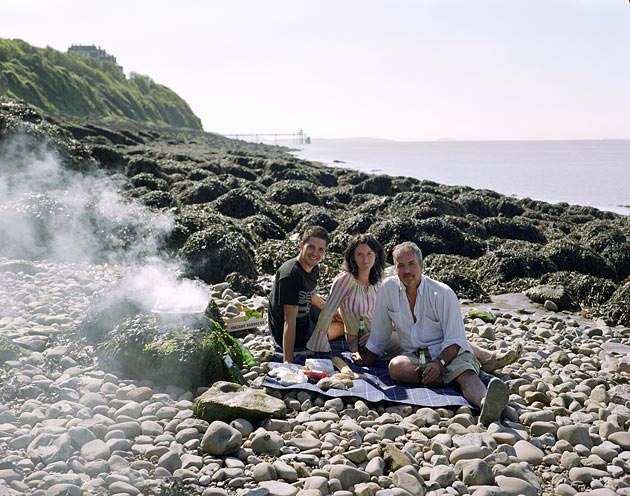

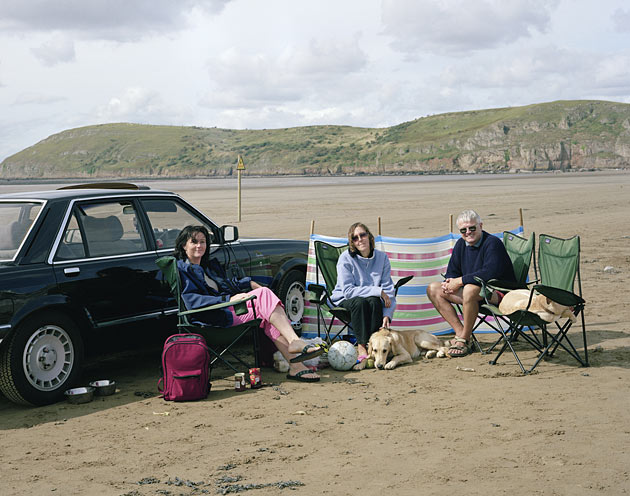
I am not sure weather I would agree to Morrissey request of photographing my family. For me, I do not like photographs being taken of myself so there is an element of self-consciousness. But if the rest of my family agreed then I would do it. I can understand however if people did refuse as to can seem like an odd request. Morrisey may see her images as art whereas other people may not see it. Families on beach often have children; nowadays there is always caution when photographing peoples children. People may be more willing for Morrissey to take their photographs, as she is a woman, as there seems to be a level of trust, more so than you may feel with a male photographer. The other reason is that she did not use a compact or similar camera; she used a large format camera, which has a professional look to it. In one of her photos, she is cuddling someone else’s child, if this was my child I would feel uncomfortable with someone else cuddling them.
Dictionary. Exploit. [Online]. <www.dictionary.com/browse/exploitative> [Accessed: 20th April 2016].
Morrissey, T. Front Statement. [Online]. < http://www.trishmorrissey.com/works_pages/work-front/workpg-01.html> [Accessed: 17th April 2016].
Morrissey, T. Seven Years Statement. [Online] <www.trishmorrissey.com/works_pages/worksy/statement.html> [Accessed: 16th April 2016].
Morrissey, T. The Failed Realist Statement. [Online]. <http://www.trishmorrissey.com/works_pages/work-tfr/statement.html> [Accessed: 16th April 2016].
Museum of Contemporary Photography. Artist: Lee, Nikki S. [Online]. <www.mocp.org/detail.php?=objects&type=browse&f=marker&s=Lee%2C+Nikki+S.&record=1> [Accessed: 15th April 2016].
Oxford Dictionaries. Voyeur. [Online]. <www.oxforddictionaries.com/definition/english/voyeur> [Accessed: 20th April 2016].
The Creators Project. Nikki S. Lee. [Online]. <thecreatorsproject.vice.com/en_uk/show/nikki-s-lee> [Accessed: 15th April 2016].
The Free Dictionary by Farlex. Voyeuristic. [Online] <www.thefreedictionart.com/voyeuristic> [Accessed: 20th April 2016].
The Guardian. Trish Morrissey’s best photograph infiltrating a family on a Kent beach. The Guardian. [Online] <www.theguardian.com/artanddesign/2013/jan/23/trish-morrissey-best-shot/> [Accessed: 16th April 2016].
Tonkonow, L. Nikki S. Lee. [Online]. <http://www.tonkonow.com/lee_projects_6.html> [Accessed: 20th of April 2016].